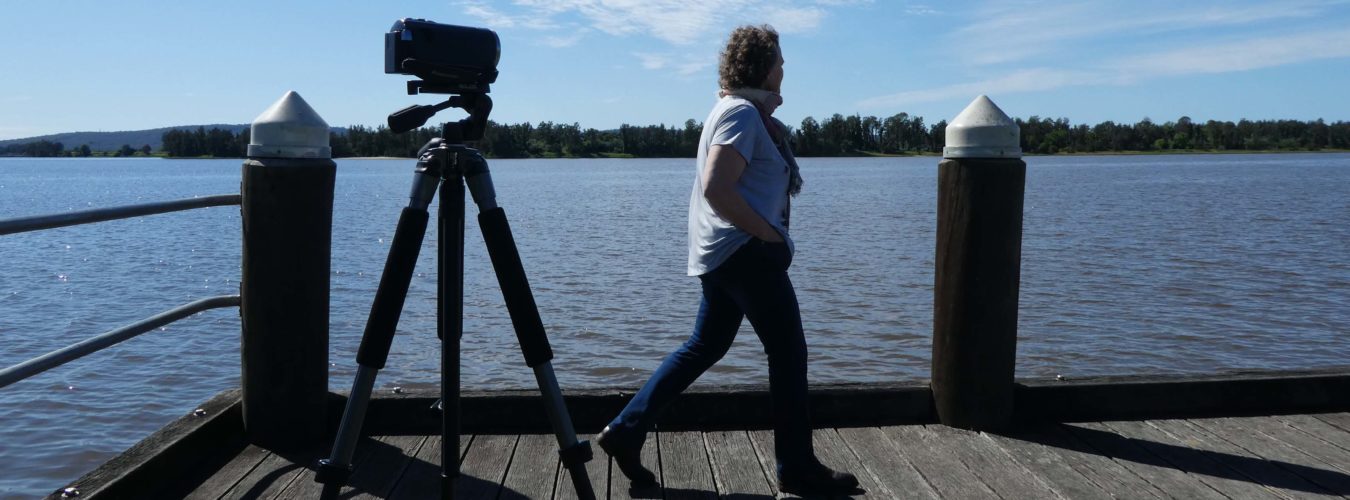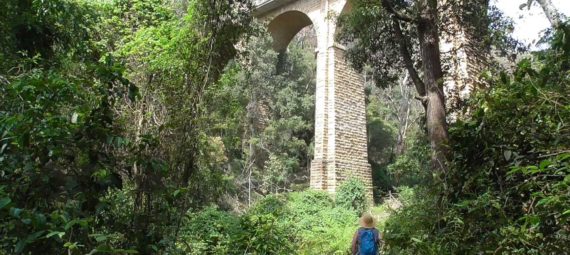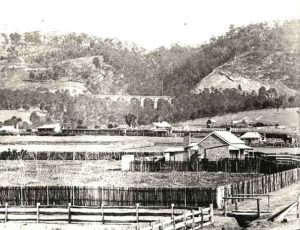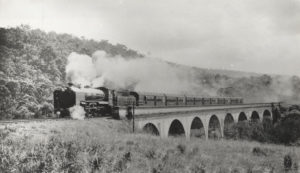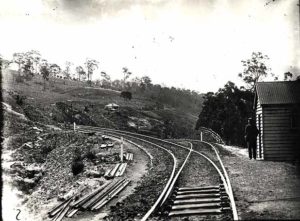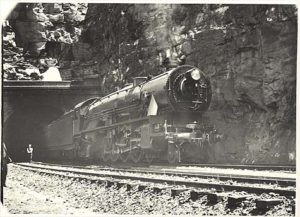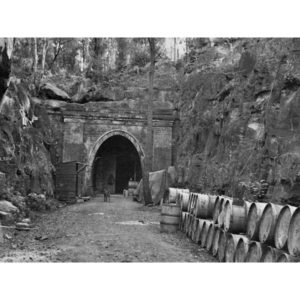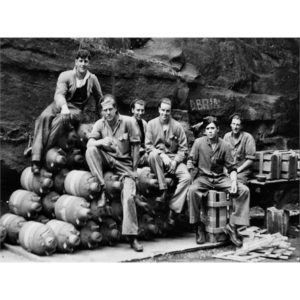What we loved
Glenbrook was one of those places we’d meant to stop, but never did because we were always on the way to somewhere else. We finally got around to it recently. Glenbrook turned out to be a lovely little town with lots of nice cafes and restaurants. An oasis away from the busy Great Western Highway. On the day we were there, the monthly farmers market was in full swing in the local school grounds too. We were there for a reason, chasing a quirky tale. The story of how rail first crossed the Blue Mountains. It had it’s triumphs and it had its failures, but ultimately it was a testament to perseverance! Today’s western line owes much to this story. Don’t forget to checkout our video of this trip over on our Facebook page.
What we did
Breakfast
Never ones to go walking on an empty stomach, we popped into Cafe 2773 in Ross Street. Lovely cafe set in a spacious garden. You can eat indoors or outdoors with many shady or sunny tables to choose from. Caters well for families with play equipment for the littlies. The service was great and the menu was varied.
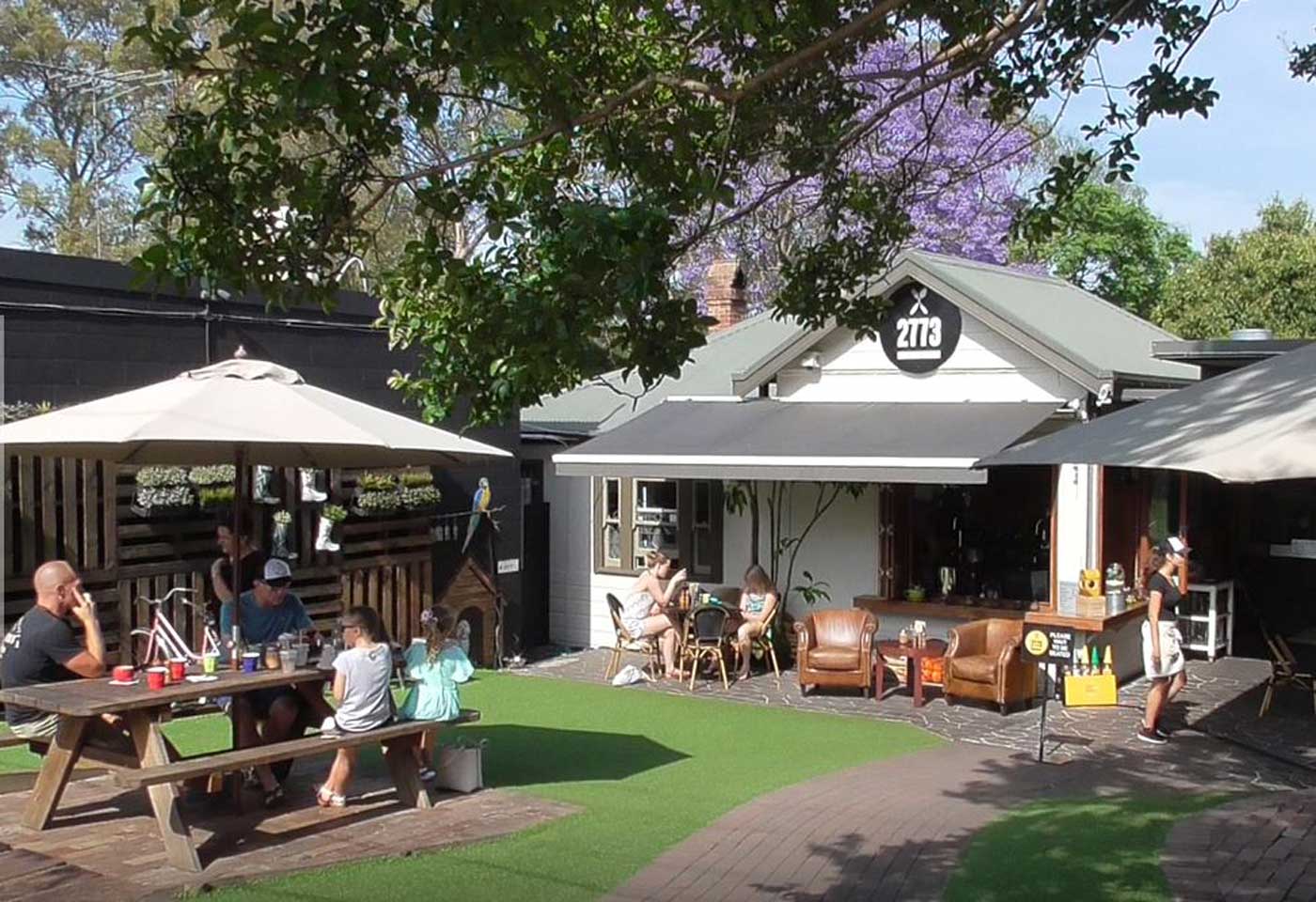
Knapsack Viaduct
This historic engineering feat was our first destination. You can approach the walk from either end: From Knapsack Street at Lapstone, or from Emu Plains by following the signs to Knapsack Bridge (we did the latter). There’s a marked walking track which takes you to the bridge and then (mostly) along the route of the old railway line. These days it’s being well used by fitness types and we passed many a cyclist, jogger or walker powering along the paths or galloping up and down the steps.
Once you reach the bridge, you’ll find steps which will take you down to the bottom of the gully for a closer look (mind the joggers). You’ll get a real sense of the enormity of the engineering task – not to mention the beautiful lines and curves of the design and the sheer precision of the construction.
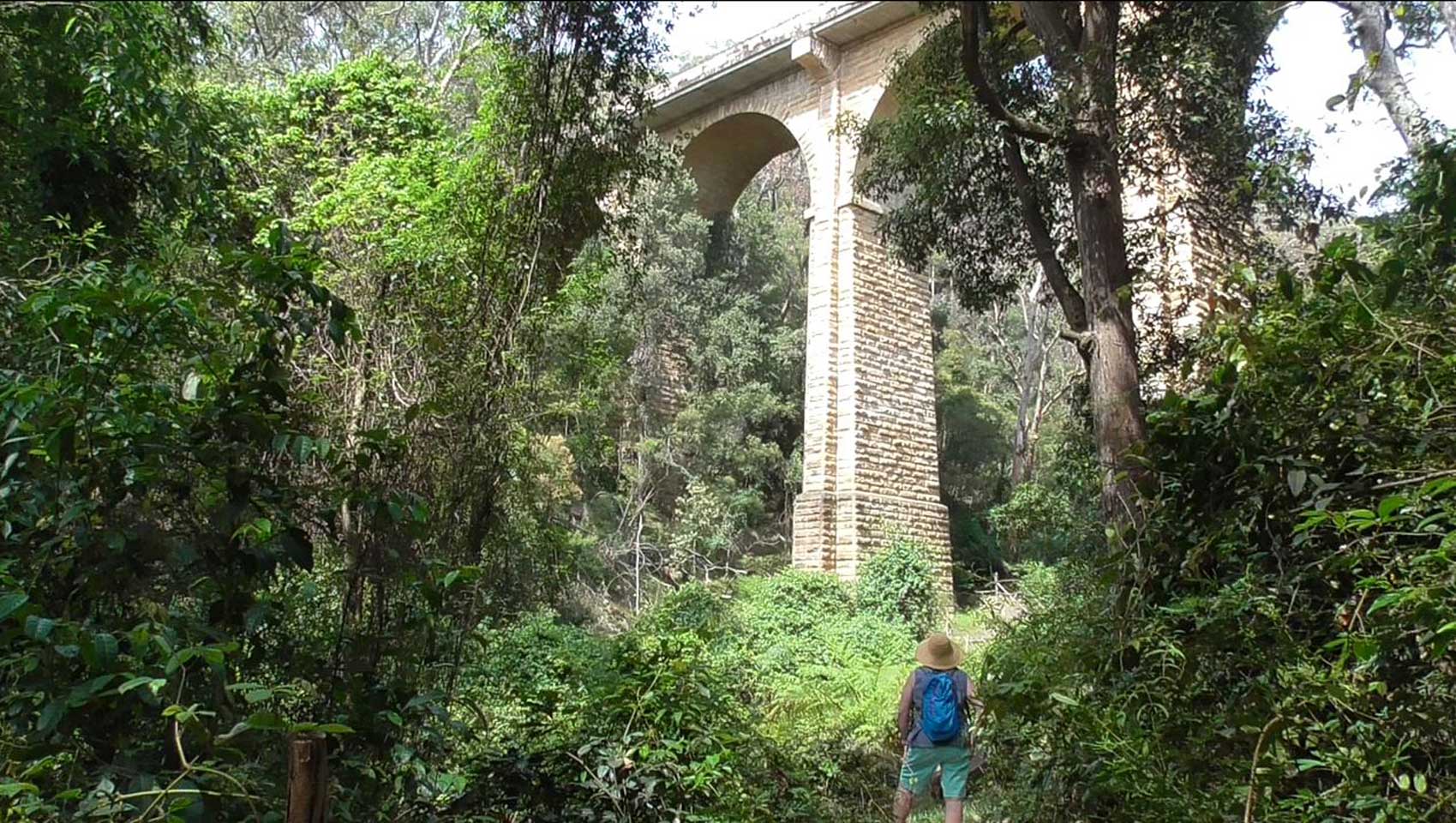
There’s a lot been written about the Knapsack bridge and you can read that HERE but here’s the quick version.
The Knapsack Viaduct was designed by and built under the direction of John Whitton, second Engineer-in-Chief for Railways to carry the original Western Railway Line across Knapsack Gully at the head of Jamison Creek. It was a key part of the “Little Zigzag” which climbed the eastern escarpment of the Blue Mountains from Emu Plains to Glenbrook. Whitton then had to repeat this zigzag get trains down the other side and built similar stone viaducts to do it.
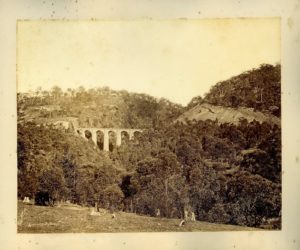
The bridge took two years to build, opened in 1865 and delivered trains to the bottom leg of a series of zigzags from where they travelled back and forth to climb the very steep slope. Completion of the rail line made trips to the mountains comparatively quick and easy for Sydneysiders, and many built ‘weekenders’ in the lower mountains which overlooked Sydney and enjoyed fresh mountain air, including a prominent politician – a tricky character who we’ll come to later.
It stopped being used in 1913 when a less steep rail deviation was built further down, then it was refurbished as a road bridge on the Great Western Highway, and ultimately became an historic curiosity and walking track when the M4 opened in 1993.
Lucasville Station
Once you’ve had a look at the bridge, there’s quite a few stairs to negotiate on the way to the next point on the walk – the long since defunct Lucasville Station. You can read more about the significance of this station HERE but again, here’s the short version.
The building of this station is one of those stories where a politician uses their political influence to have something done that is clearly a conflict of interest. John Lucas MP was just such a politician. While Minister for Mines in 1875-7, Lucas purchased land for a country retreat adjacent to the top road of the Lapstone Zigzag. There he built his house Lucasville.
For the convenience of himself, his family and his guests Lucas used his political clout to have a railway station built near his property. Lucasville Station opened in 1877 and the substantial concrete platform, with rock-cut steps leading west into what was once Lucasville grounds, is still there. There was also a station building but this is now gone. When the Lapstone Zigzag was abandoned in 1892 Lucas lost his convenient rail link for the last ten years of his life.
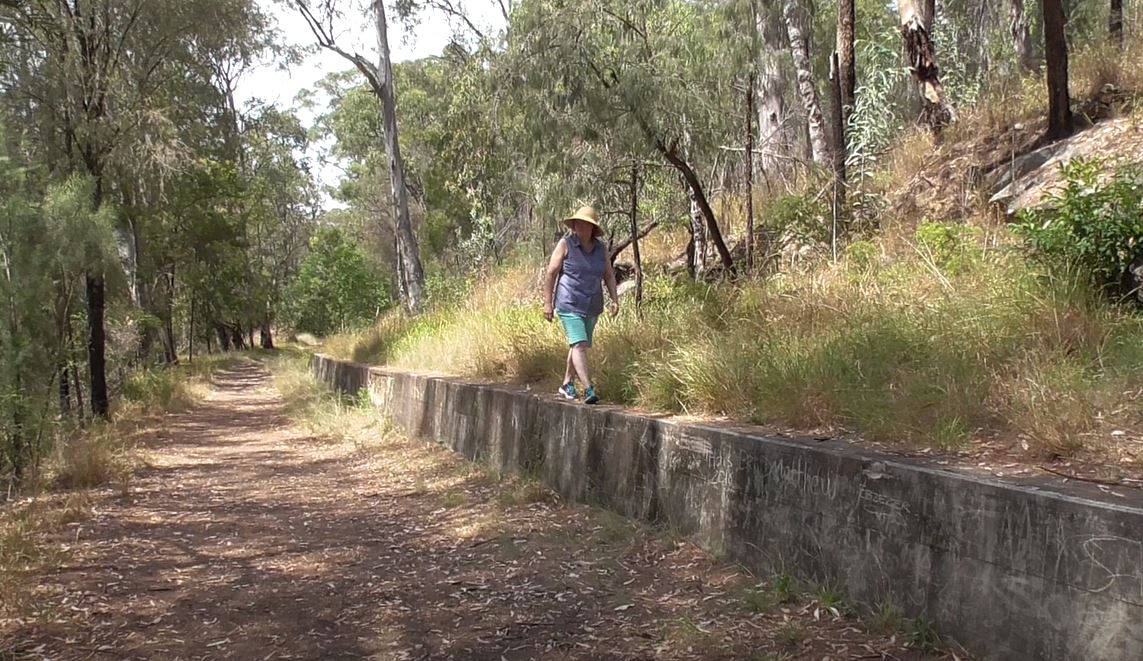
Glenwood Tunnel
From here we walk on through a long cutting from where sandstone to build the bridge was blasted. Drill holes are still clearly visible An incredible amount of stone was extracted. Eventually we come to a turn off which leads down toward bottom of the zigzag where the traffic of the M4 is hurtling past. We are going in search of the last bit of our rail history adventure – the Glenbrook Tunnel – and at this point directions can be a bit confusing. There is no marked trail to the tunnel, and directions found on line can be a bit hard to understand. The trail down to the lower stretch of the zigzag brings you eventually a flight of stairs. Follow them down to a concrete walking path beside the highway. Follow it under a nearby overpass until you come to a water reservoir tank (which is on Governors Drive). If you don’t come to the tank, you’ve gone the wrong way.
Then head down a well-walked path to the side of the tank. You will pass through obvious man-made cuttings. The trail winds on into the bush – sometimes through, and sometimes beside, the cuttings until eventually the tunnel mouth comes into view. You will be viewing the tunnel from above because the floor of the cutting is so choked with mud and weeds it is impossible to get down there, but you’ll get the gist. It’s blocked up now – being used by mushroom growers for obvious reasons. You can read more about the tunnel HERE. The story is a good example of what happens when bureaucrats try to cut costs by cutting corners.
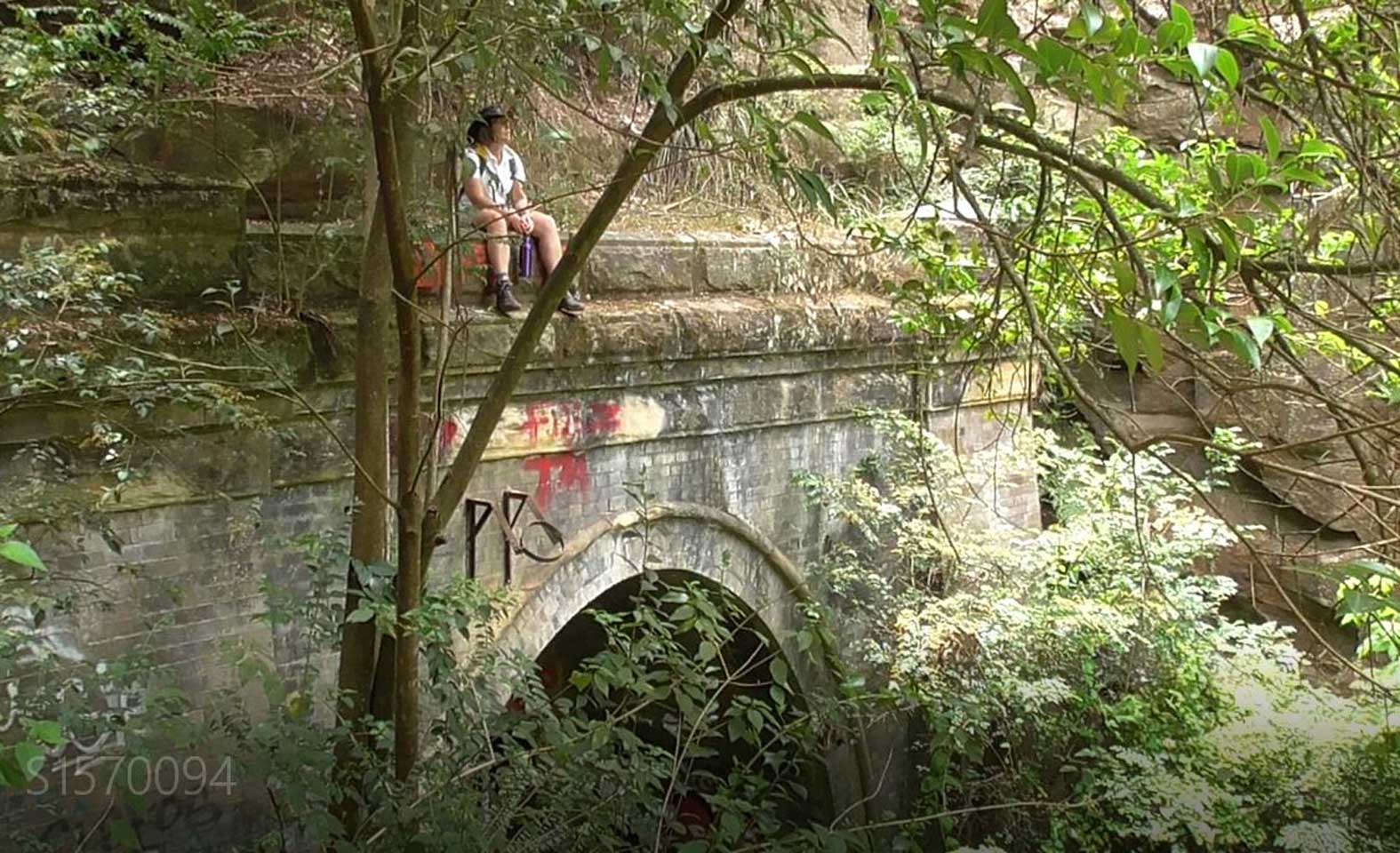
When increased rail traffic caused delays on the Lapstone Zigzag, it was decided in 1891 that a tunnel should be built bypassing it. The tunnel and its new approaches formed an S-shape, starting at the bottom of the Zigzag and ending at old Glenbrook station, now demolished. The building of this tunnel attracted wide interest – including that of artist Arthur Streeton whose work “Fire’s On!”, depicts the construction. It was never going to end well when – as a cost saving measure – designers left out a ventilation shaft – hoping instead that the current of air passing through the tunnel would be enough. It wasn’t.
The new tunnel opened on 18 December 1892, and there were problems galore from the start. A too steep incline and the suffocating atmosphere to name a few. Traffic flow and water dripping from the roof also caused engines to slip badly on the reverse curve. These problems and the need for a second line lead to closure of the tunnel in 1913.
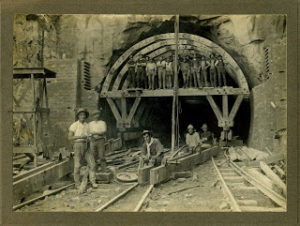
The Glenbrook Tunnel found a much darker purpose years later during WWII when it was one of fifteen bulk chemical storage facilities established in Australia. It housed mainly mustard gas from late August 1942. The RAAF stacked the Glenbrook tunnel from end to end with containers to store thousands of tonnes of the chemical weapon. It was all very secret at the time, as was the testing and later disposal of the gas.
Time for lunch
After seeing the tunnel it was time to head back. So we retraced our steps back to our car in Knapsack Reserve. We then headed back to Glenbrook to check out another of the local cafe’s for lunch. We called in at Jazz Apple Kitchen where we started off with a much needed cooling “fruit icey” and then a really delicious lunch. The place was packed – always a good sign!

